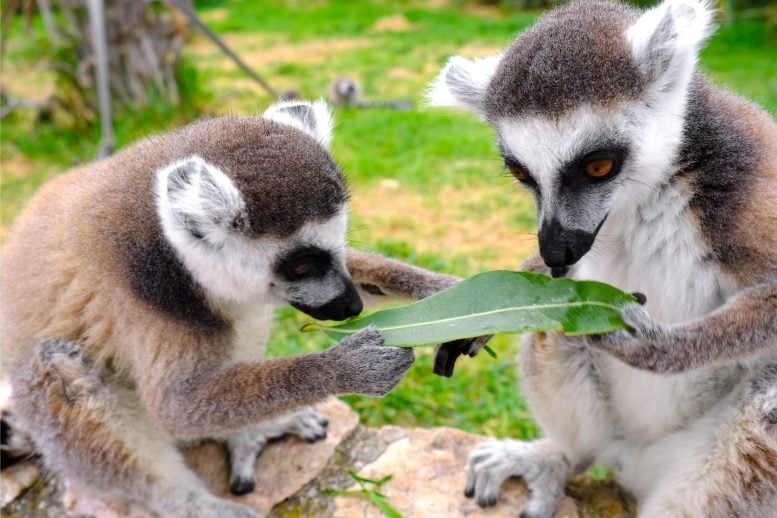Debunking the Myth of Solitary Primates: Exploring the Social Lives of Early Primates

New studies indicate that primates, including those like Strepsirrhines previously believed to be solitary, actually demonstrate a wide range of social structures. This research proposes that pair-living is the most frequent ancestral state which contradicts previous assumptions and emphasizes the intricate nature of primate social structures.
Most primates, humans included, are generally thought to be highly social, with many monkey and ape species forming groups. However, Strepsirrhines, also known as "wet-nosed" primates which include lemurs, have historically been perceived as solitary. These perceptions have sparked enquiries into the evolution of different social structures among primates, particularly the origins and evolvement of pair-living.
Emerging research indicates that many nocturnal Strepsirrhines, which are more difficult to study, are not solitary. Instead, they exist in male and female pairs. This raises questions about the kind of social structures our primates ancestors had, and why certain monkey species live in groups, while others form pairs or live alone.
Scientists from the Universities of Zurich and Strasbourg have delved into these questions. Charlotte Olivier from the Hubert Curien Pluridisciplinary Institute gathered extensive data regarding the social unit composition within wild primate populations. Over several years, the scientists built a comprehensive database covering almost 500 populations of over 200 primate species based on primary field studies.
The database showed more than one form of social organization in over half of the primate species. "Many species lived in groups with several males and females, such as chimpanzees and macaques. This was followed by groups consisting of a single male and multiple females, like gorillas or langurs," explains Adrian Jaeggi from the University of Zurich, who is the last author of the study. "However, a quarter of all species lived in pairs."
The researchers estimated the likelihood of different social structures by considering several socioecological and life history factors like body size, diet, and habitat. This includes our ancestors from approximately 70 million years ago. These calculations relied on intricate statistical models created by Jordan Martin at UZH's Institute of Evolutionary Medicine.
The ancestral state of primates was reconstructed using fossil evidence, indicating these ancestors were likely small-bodied and lived in trees, characteristics closely associated with pair-living. "Our model suggests that the social structures of our ancestors were diverse, but overwhelmingly likely to involve pair-living," states Martin, adding that only about 15 percent were solitary. "Living in larger groups seems to have evolved later in primate history."
In essence, the social structures of early primates were probably more similar to human societies today than previously thought. "Many of us live in pairs while being part of extended families and larger societies," notes Jaeggi. However, this pairing in early primates does not imply sexual monogamy or collaborative care of infants, but rather that a particular male and female were usually found together, occupying the same territory and sleeping spots. "This was more beneficial than living alone," final author Carsten Schradin from Strasbourg explains, allowing pairs to defend their territory and provide mutual warmth, for instance.




